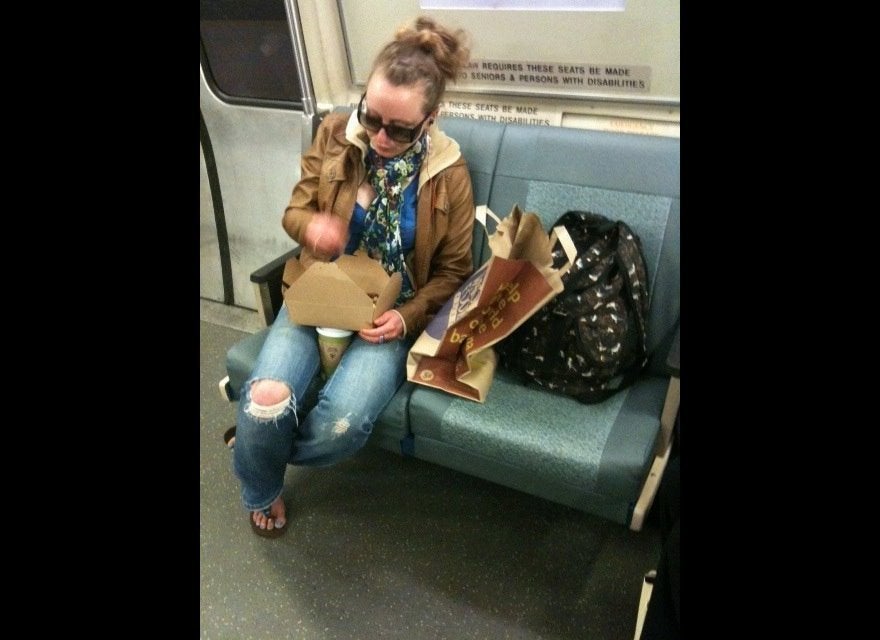
As BART prepares to add even more riders to its popular system, the 40-year-old commuter line is moving toward a multibillion-dollar rejuvenation by introducing everything from express service to trains that split in half and head in different directions.
Officials this month began reviewing early results of a study into a new wave of service called BART Metro, which would allow about 50 percent more passengers to ride the rails by 2025, several years after extensions to Antioch and San Jose's Berryessa area are set to open. The upgrades hinge on BART finding huge pots of new funding, perhaps by asking voters for more taxes.
"It's our way for planning for the future and the massive growth this region is expecting in the next 10 to 15 years," said BART spokeswoman Alicia Trost. "It's not just about increasing service; it's also about becoming much more efficient and reducing greenhouse gases, and it's about economic development in the Bay Area."
The strategy involves buying new train cars, installing more advanced signaling systems and adding more tracks to run additional service. The changes could potentially include:
--Instituting express service that would allow trains to zip through less-used stations.
--Picking up rush-hour passengers every 12 minutes instead of every 15 minutes -- and using only 10-car trains (the longest possible).
--Increasing night, weekend and transbay service.
--Utilizing 10-car trains that would split into a pair of five-car trains to take passengers in different directions at the Bay Fair station south of Oakland.
The express service, in particular, could speed up travel times and reduce crowding, though with only two tracks and a jam-packed schedule, it wouldn't be a panacea.
"Riders often ask us: 'Can you skip some stops so we can get home faster?' " said Thomas Tumola, a senior transportation engineer for BART.
It has worked for Caltrain, where standing-room-only "baby bullet" trains speed through many stations. Since baby bullets launched in 2005, Caltrain rider counts have soared 60 percent.
At a BART board meeting last week to review preliminary findings into the Metro plan, officials expressed optimism but cautioned that most of the projects are not funded.
"This is all great work, but none of it means anything until we can figure out the cost," board director Gail Murray said.
BART recently ordered 410 of the nearly 1,000 new rail cars it needs for the faster, more frequent service, but the agency does not have the money to buy the remaining cars. BART is also searching for funding to buy the new signal system and improve stations by adding more tracks.
Another concern is getting people to the stations, as many parking lots already fill up each weekday morning. BART passengers already take 370,000 one-way trips each weekday -- an all-time high -- and the agency expects to provide about 560,000 rides by 2025.
"That's the big crisis: Where are all these people going to park? How are they going to get there?" Trost said. "We need more houses in walking distance of the station."
The agency plans to take up BART Metro again at a January meeting, when federal funding possibilities might become clearer. Some board directors floated the idea of asking voters for taxes or forming public-private partnerships, while raising fares is always another possibility.
Danielle Meacham, who commutes on BART from Union City to San Francisco, is intrigued by the idea of express service -- but fears everyone else would be, too.
"I think it'd be a good idea," the 20-year-old radio station intern said. "I just feel like it'd be more crowded, since people would think it'd be faster."
And then there are BART passengers like David Richoux, who has been riding since the agency's opening day in 1972, who still want the system to run all night or loop all the way around San Francisco Bay.
"Things happen at night; it's not just a commuter service," said Richoux, 62, a professional tuba player who lives in South San Francisco. "Look at New York City: The subways run round the clock."
But BART says those improvements are still a pipe dream. There is no money or political support to link BART from the mid-Peninsula to San Jose. And all-night service still isn't possible because the agency needs the wee hours to perform track maintenance, though BART is working on plans to run late-night bus service between all of its stations.
Contact Mike Rosenberg at 408-920-5705. Follow him at Twitter.com/rosenberg17. ___
(c)2012 the San Jose Mercury News (San Jose, Calif.)
Visit the San Jose Mercury News (San Jose, Calif.) at www.mercurynews.com
Distributed by MCT Information Services
